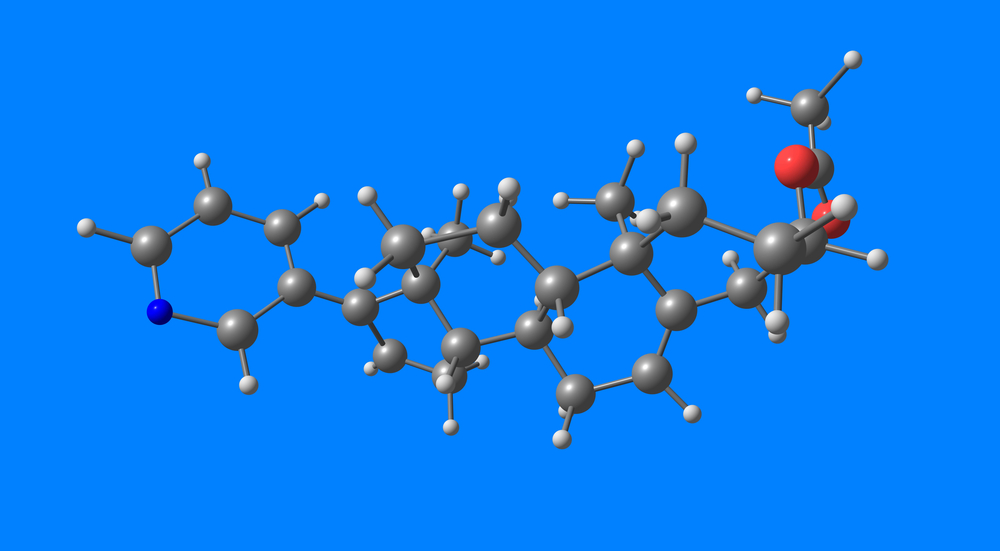The Latest Research on Ipamorelin
Sponsored article
Ipamorelin, a name that stirs curiosity in the world of peptides and growth hormone (GH) research, has captured attention for its potential to stimulate GH release. But what exactly is the latest research revealing about this compound? Is it a revolutionary step forward, or are there unanswered questions to consider? This article will walk you through the current understanding of Ipamorelin, exploring its mechanism of action, potential benefits, and the ongoing research efforts surrounding it.
Understanding Growth Hormone and Its Significance
Before diving into Ipamorelin, let’s establish the importance of growth hormone. Produced by the pituitary gland, GH plays a crucial role in various bodily functions, including:
– Growth and development: During childhood and adolescence, GH is essential for bone growth, muscle development, and overall physical maturation.
– Metabolism: GH helps regulate metabolism by promoting fat burning and increasing insulin-like growth factor 1 (IGF-1) production, which further influences metabolism and cell growth.
– Body composition: GH can contribute to a leaner body composition by promoting muscle growth and reducing fat mass.
Wound healing and tissue repair: GH aids in wound healing, tissue repair, and immune function.
With age, GH production naturally declines, leading to a potential decrease in muscle mass, increased body fat, and a decline in overall well-being. This is where GH-stimulating therapies like ipamorelin come into play.
What Is Ipamorelin?
Ipamorelin belongs to a class of compounds called growth hormone secretagogues (GHS). These peptides stimulate the release of GH from the pituitary gland. Unlike some other GHS that can trigger the release of other hormones as well, Ipamorelin appears to be more selective, primarily stimulating GH release with minimal effects on other hormones.
Mechanism of Action
Ipamorelin works by mimicking the action of ghrelin, a natural hormone produced in the stomach that stimulates appetite and GH release. It binds to specific receptors on the pituitary gland, triggering a signalling pathway that ultimately leads to the increased production and release of GH.
This mechanism offers a potential advantage over other methods of stimulating GH, such as growth hormone releasing hormone (GHRH). GHRH directly stimulates the pituitary gland to release GH, but it can also cause the release of other hormones. Ipamorelin’s selectivity for GH release makes it an intriguing candidate for further research.
Research Findings
Studies on ipamorelin have yielded promising results. Research conducted in vitro (using cells in a controlled environment) and in vivo (using animal models) has demonstrated that ipamorelin can effectively stimulate GH release.
For instance, a study published in the journal Endocrinology found that ipamorelin increased GH levels in rats with a potency and efficacy comparable to other GHS. Interestingly, the study also showed that Ipamorelin did not significantly affect the release of other hormones like cortisol, unlike some other GHS.
Another study, published in Peptides, explored the effects of Ipamorelin on bone growth in rats. The results suggested that Ipamorelin dose-dependently increased bone growth without affecting overall growth hormone levels or markers of bone formation and resorption.
However, it’s important to note that most of the current research on Ipamorelin has been conducted in preclinical studies. While these findings are encouraging, more research, particularly human clinical trials, is needed to fully understand the safety and efficacy of Ipamorelin in humans.
Potential Benefits and Applications
Ipamorelin’s ability to stimulate growth hormone (GH) release has sparked interest in its potential applications for various health concerns. Let’s look into some of the promising areas of exploration:
- Countering Age-Related GH Decline
As we age, our bodies naturally produce less GH. This decline can contribute to a decrease in muscle mass, bone density, and overall well-being. Research suggests that Ipamorelin may help counteract this age-related decline in GH. Studies have shown that Ipamorelin can effectively stimulate GH release, potentially offering a way to restore GH levels closer to those of younger adults.
This potential benefit of Ipamorelin is particularly intriguing for older adults. Increased GH levels could lead to improvements in body composition, with a gain in muscle mass and a decrease in fat mass. Stronger muscles can translate to better physical function, improved balance, and a reduced risk of falls. Additionally, increased GH may positively impact bone health by promoting bone formation and potentially slowing down age-related bone loss, a concern for many older adults.
- Athletic Performance Enhancement
Some athletes are constantly seeking ways to improve their performance and recovery. GH has been explored as a potential ergogenic aid, meaning a substance that can enhance athletic performance. However, the use of GH for this purpose is often associated with ethical concerns and potential health risks.
While research specifically on Ipamorelin and athletic performance is limited, its ability to stimulate GH release has led to some speculation about its potential use in this area. It’s crucial to emphasize that the long-term safety and efficacy of ipamorelin for athletic performance enhancement are completely unknown. More research is needed before any conclusions can be drawn.
Furthermore, the use of performance-enhancing substances in athletics raises ethical concerns. Anti-doping agencies strictly regulate the use of such substances, and athletes considering Ipamorelin for this purpose should be aware of the potential legal ramifications.
- Wound Healing and Tissue Repair
Wound healing and tissue repair are complex processes that involve a cascade of cellular events. GH plays a role in these processes by stimulating cell proliferation and collagen production, both of which are essential for healing.
The ability of ipamorelin to stimulate GH release suggests a potential benefit for wound healing and tissue repair. Studies are ongoing to explore this possibility further. If research confirms that ipamorelin can indeed enhance wound healing, it could have significant implications for various medical fields, including wound care, surgery, and treatment of chronic wounds.
A Promising Future, but More Research Needed
Ipamorelin represents an intriguing area of research in the field of growth hormone stimulation. The potential benefits for counteracting age-related GH decline, wound healing, and even athletic performance are worth exploring. By staying informed about the latest research and consulting with a healthcare professional, you can make informed decisions about your health and well-being.
Disclaimer: the author(s) of the sponsored article(s) are solely responsible for any opinions expressed or offers made. These opinions do not necessarily reflect the official position of Daily News Hungary, and the editorial staff cannot be held responsible for their veracity.
Featured article: depositphotos.com
please make a donation here
Hot news
One of the world’s most beautiful libraries is in Budapest, and it’s turning 120 – PHOTOS
Have you ever heard the story or seen the statue of Prince Buda and Princess Pest? – PHOTOS
Hungary proud on scientists, increased R+D sector funding significantly
American teacher faces expulsion from Hungary after a 10-year career in Budapest
Orbán cabinet sticks to economic neutrality, refuses to join blocks, finance minister Varga said
Trump appoints former PM Orbán advisor Gorka as his counter-terrorism chief but Orbán can’t be glad




